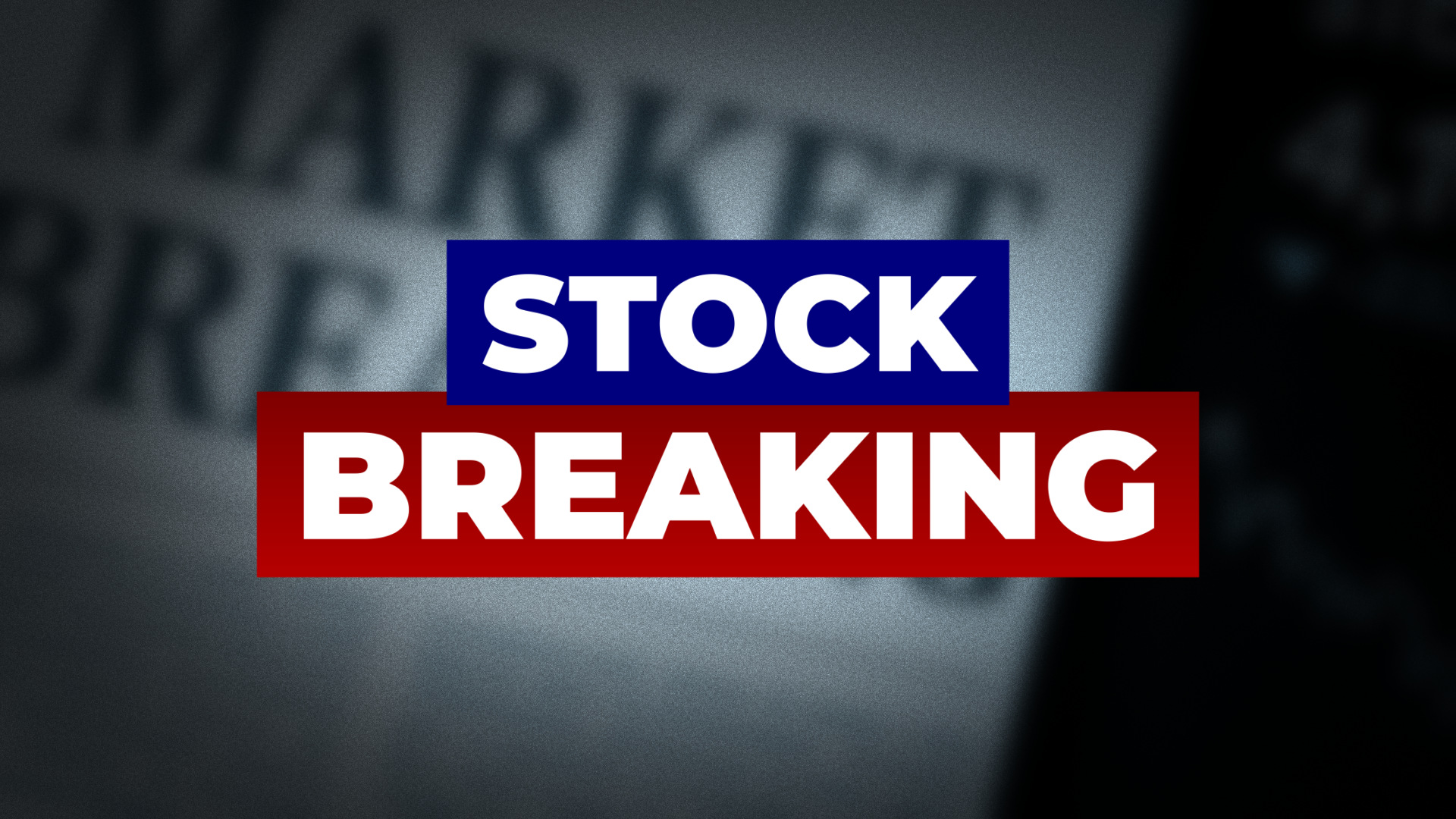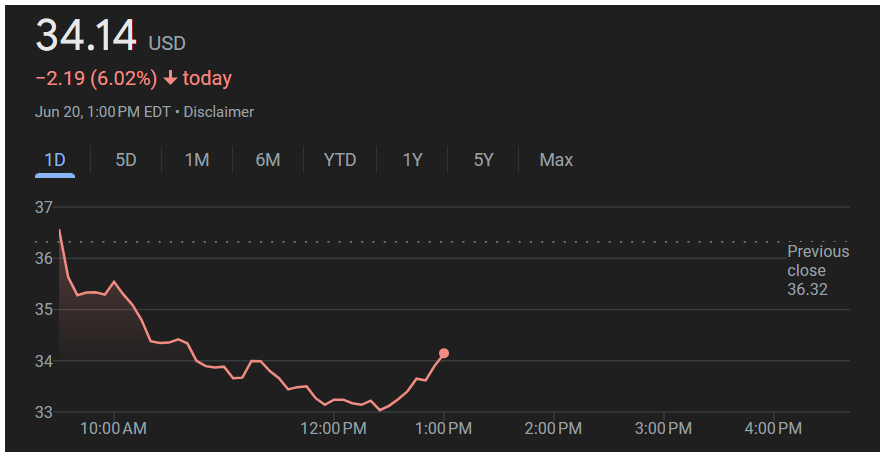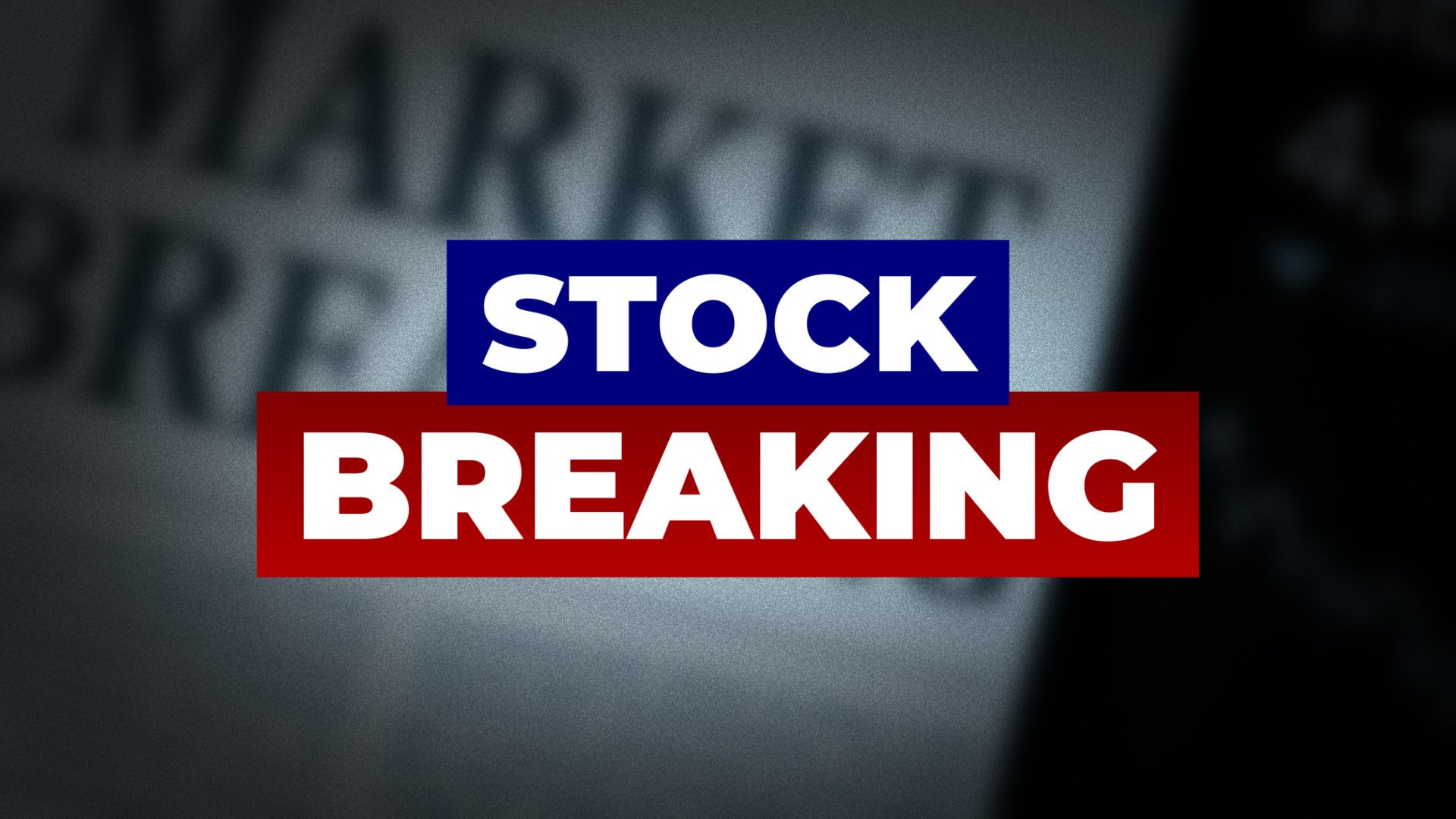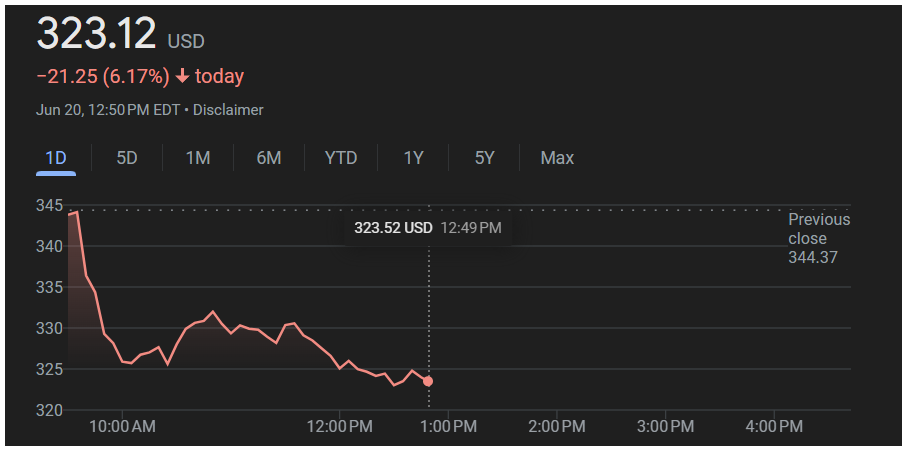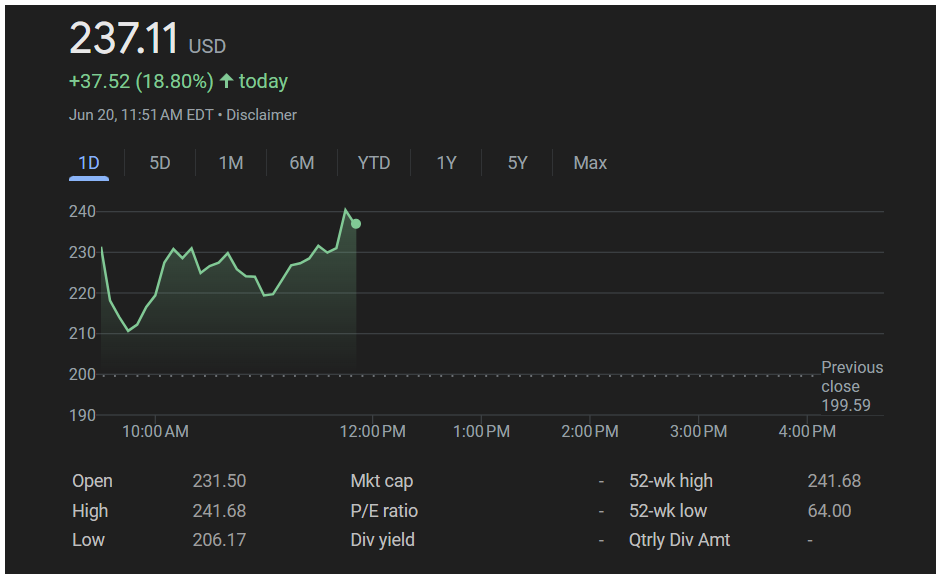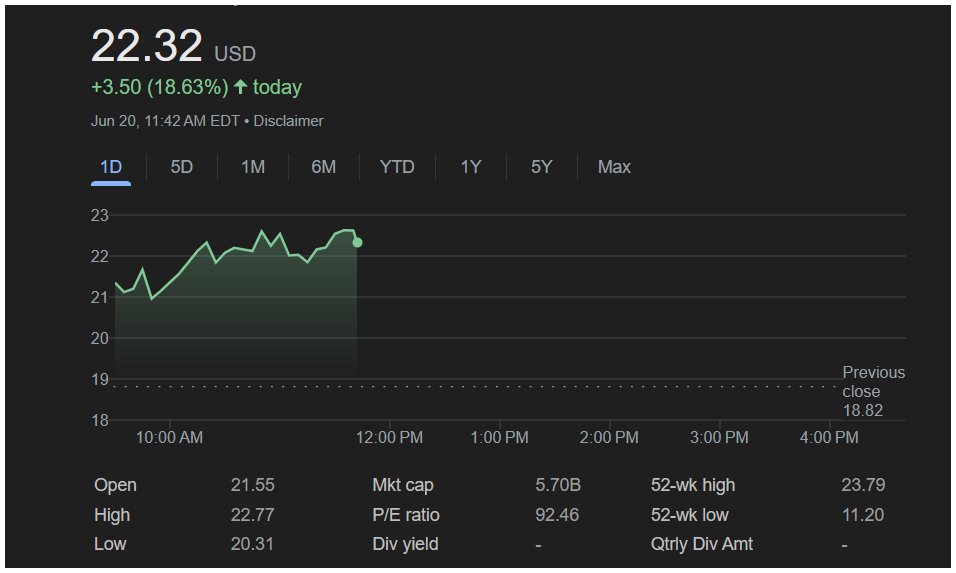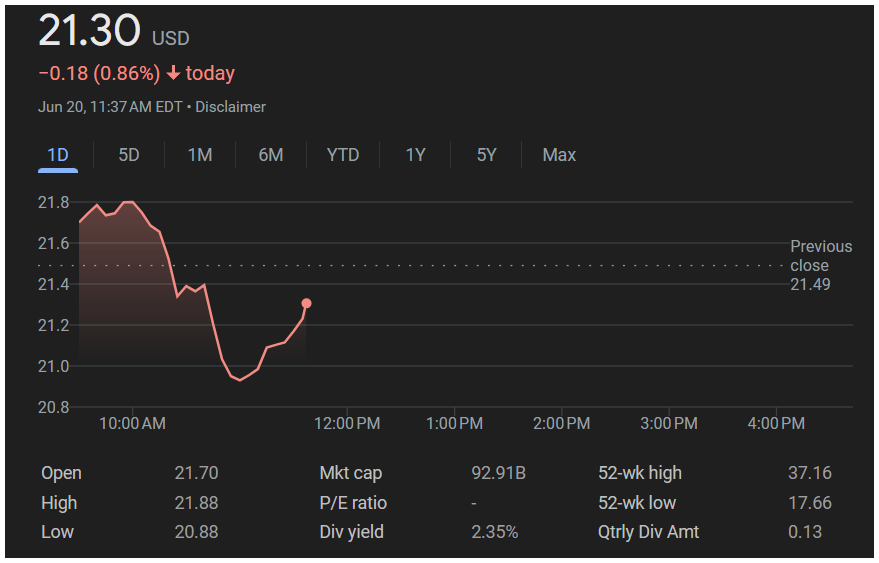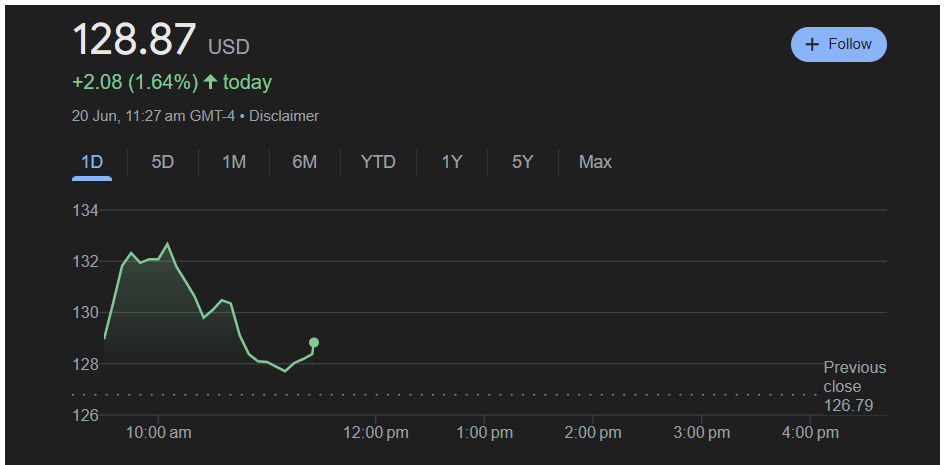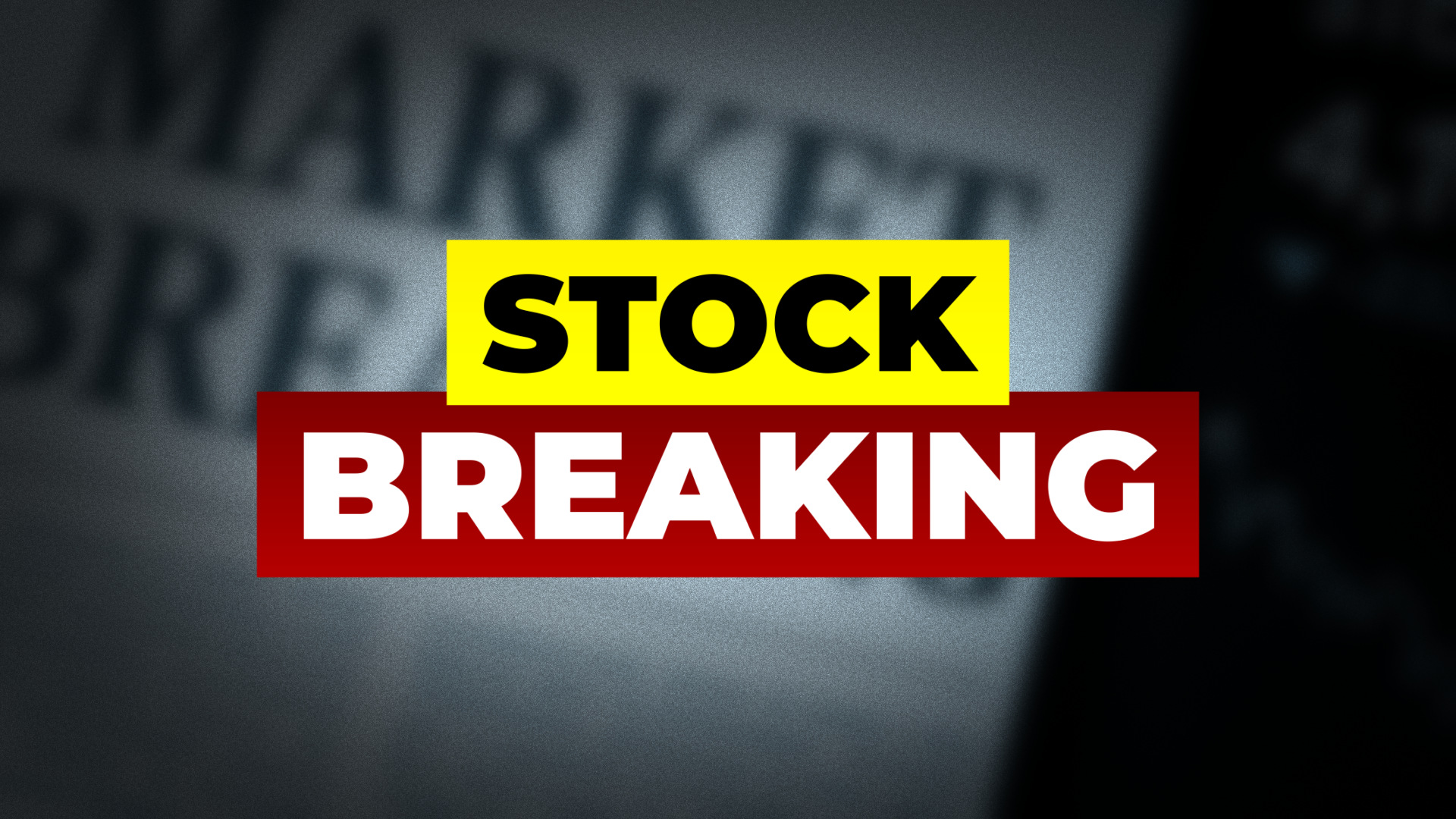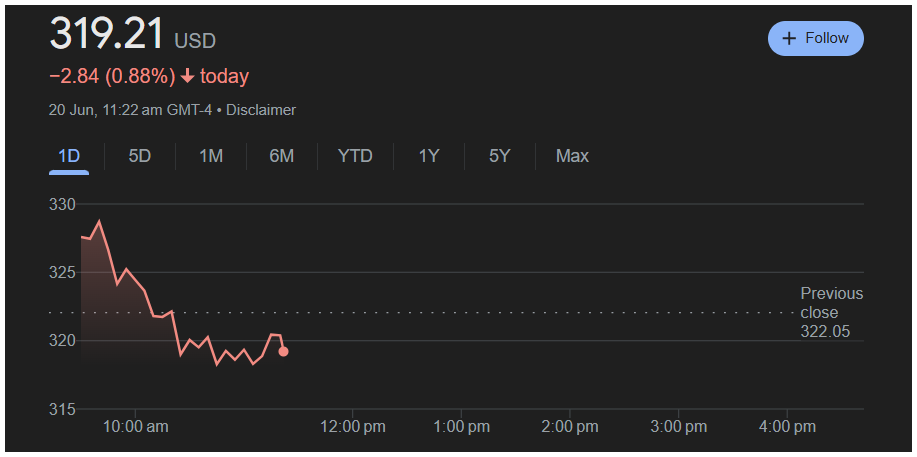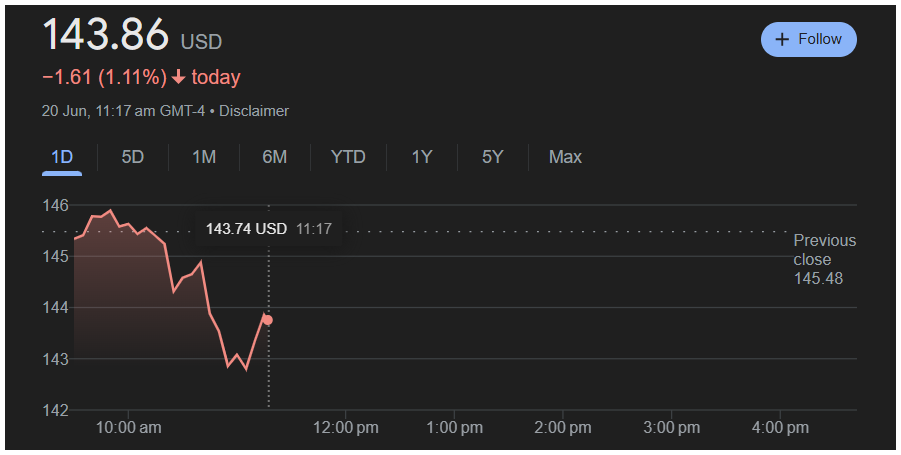On June 20, 2025, KBR, Inc. (NYSE: KBR) closed at $49.39, down 6.42% or $3.39 from its previous close of $52.78, per the provided data.
The stock opened at $51.20, with a day’s range of $48.90 to $51.50. Volume was 1.939 million shares, above the 30-day average of 1.33 million shares, indicating strong selling pressure. The decline was primarily driven by a recent analyst downgrade and broader concerns about geopolitical tensions impacting defense contracts.
KBR’s year-to-date performance is down 17.65%, lagging the S&P 500’s 12.5% gain in 2025. Over the past five days, KBR fell 4.3%. Due to limited historical data, 1-month, 6-month, 1-year, and 5-year returns are unavailable. Since its IPO in November 2006 at $17, the stock has risen 190.53%.
| Period | Performance (%) |
|---|---|
| 1 Day | -6.42 |
| 5 Days | -4.30 |
| 1 Month | Not available |
| 6 Months | Not available |
| Year-to-Date | -17.65 |
| 1 Year | Not available |
| 5 Years | Not available |
| All-Time | +190.53 |
KBR’s market cap is $6.408 billion, with 130 million shares outstanding. The trailing twelve-month EPS is $2.12, yielding a PE ratio of 23.30. Forward EPS for 2026 is projected at $2.80, per market data. The dividend is $0.60 annually, with an ex-dividend date of June 15, 2025. The beta is 1.31, indicating moderate volatility. Eight analysts rate KBR a Buy, with a $65 price target, implying 31.61% upside. The next earnings date is July 23, 2025.
Technically, KBR is trading below its 50-day moving average of $52, signaling a bearish trend. It’s far from its 52-week high of $69.37, with potential support at $48.
The main reason for the drop is a Goldman Sachs downgrade to Neutral on June 19, 2025, citing limited near-term upside due to high valuations. Additionally, geopolitical tensions, particularly Israel-Iran concerns, have raised fears of delays in defense contracts, pressuring KBR’s stock.
The industrial sector, tracked by the XLI ETF, fell 0.6%, aligning with KBR’s decline. The S&P 500 rose 0.2%, highlighting KBR’s underperformance.
KBR’s outlook is mixed, with growth from recent contracts like its $161 million Army deal offset by geopolitical and valuation risks. Investors should monitor earnings for updates on contract pipelines.
LEGAL / FINANCIAL DISCLAIMER: This article is for informational purposes only and should not be considered financial advice. Investing in stocks, cryptocurrencies, or other assets involves risks, including the potential loss of principal. Always conduct your own research or consult a qualified financial advisor before making investment decisions. The author and publisher are not responsible for any financial losses incurred from actions based on this article. While efforts have been made to ensure accuracy, economic data and market conditions can change rapidly. The author and publisher do not guarantee the completeness or accuracy of the information and are not liable for any errors or omissions. Always verify data with primary sources before making decisions.
Dawson Blake is a financial markets expert with over 10 years of experience, focusing mainly on stock market news and price movements. He aims to become a top-tier authority in curating stock news content that readers can trust as their go-to source for market information. Dawson enjoys breaking down market activity, company updates, and daily trends to help investors stay informed and make smarter financial decisions. His writing is simple, clear, and designed to make the stock market easy to follow for everyone.

